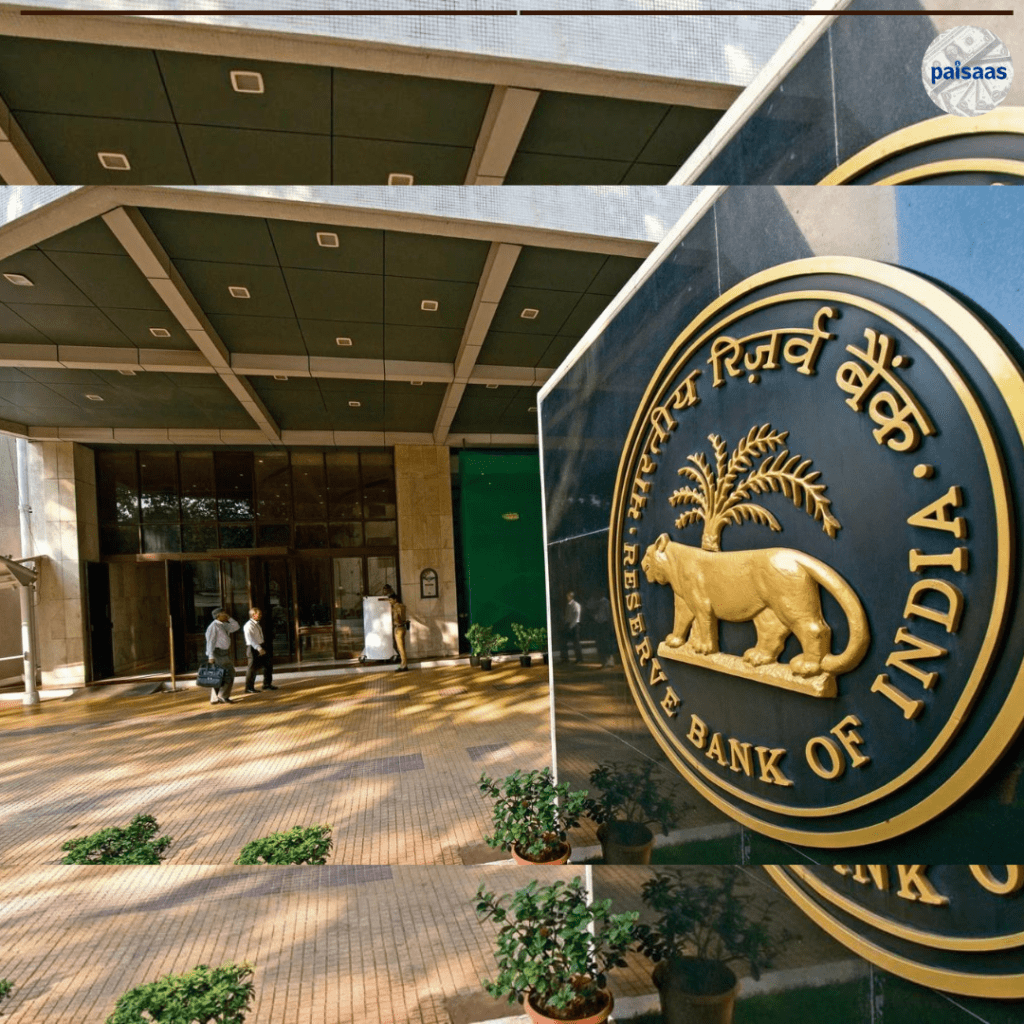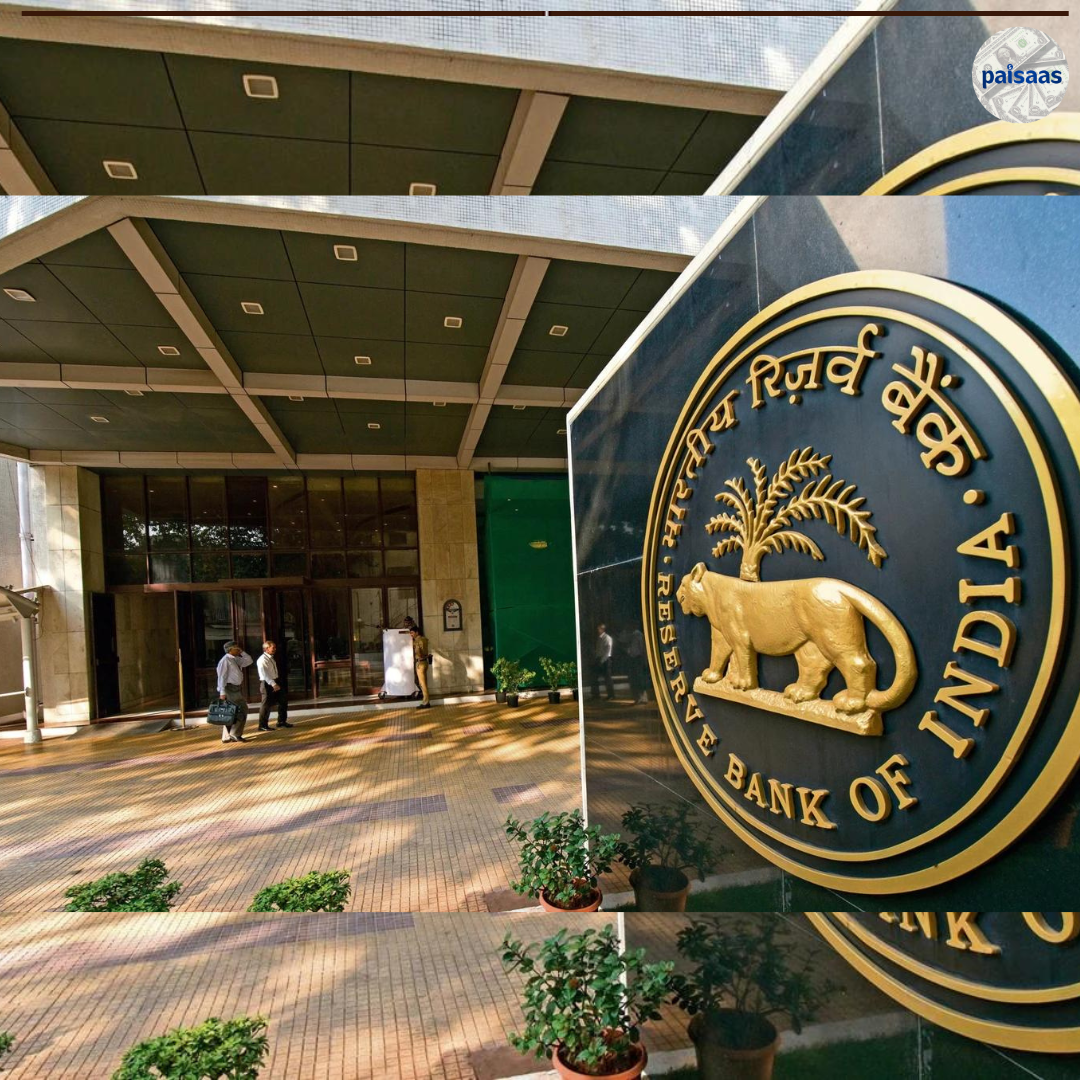

For the first time, credit card debt exceeds Rs 2 trillion, according to data from the RBI.
For the first time, credit card debt exceeds Rs 2 trillion, according to data from the RBI.
Along with the credit card industry’s rapid expansion, the surge in consumer spending is also driving up the total amount of unpaid debt in the sector. According to a report in the Times of India, the first month of the current fiscal year saw credit card debt for the first time cross the Rs 2 lakh crore threshold.
The country’s central bank reported that credit card debt totaled Rs 200,258 crore in April. It was an increase of 29.7% from the April 2016 number.
This is significant because it occurs at a time when the Reserve Bank of India has issued warnings about the rise in unsecured loans, of which credit card debt is one of the best examples.
Experts have linked the high increase in credit card usage and popularity to the steep increase in cumulative dues. The increase in dues has also been attributed to inflation.
The increase in consumer credit card spending is developing in lockstep with the growth of credit card balance sheets. Consumer spending has increased over the past year as well, according to Sanjeev Moghe, president and head of cards and payments at Axis Bank. Many people also believe that rising credit card spending is a sign of rising consumer confidence, which is a key factor in a market-driven economy.
1.4% of total bank credit is made up of credit card debt. In the totem pole, where housing holds the top spot with 14.1%, it is ranked third. Auto loans come in last at 3.7%.
Loans secured by FDs (0.8%), student loans (0.7%), and gold loans (0.6%) have higher proportions than credit cards do. By the way, in the 12-month period that ended in April 2023, the industry’s proportion of total bank credit fell from 26.3% to 24.3%.
In keeping with the caution the RBI expressed on unsecured loans, it should be noted that credit card debt peaked at 1.2% of total bank credit before to the global financial crisis of 2008. After a series of defaults and a bank’s cleaning up of its books, the percentage dropped to below 1%. The share stayed below 1% for the following ten years.
In 2019, the percentage of credit card balances that were past due rose back above 1% and has been slowly increasing ever since.
According to the study, banks now insist that they only issue credit cards to individuals who can pay their bills on time.
only 5% of people worldwide currently use credit cards, which is considered a relatively low rate compared to other countries. This information suggests that credit card penetration is significantly lower on a global scale.
The comparison made with developing nations implies that even in countries where access to financial services and infrastructure might be limited, the usage of credit cards is more prevalent than the global average. It indicates that credit card adoption and usage may be higher in developing nations than in many other parts of the world.
This data can be interpreted in a few ways. First, it may reflect variations in financial systems and cultural norms regarding payment methods across different countries. In some regions, cash-based economies or alternative payment systems may be more common and preferred over credit cards.
Second, it could indicate the potential for growth and untapped market opportunities in terms of expanding credit card usage globally. The relatively low usage rate suggests that there is still a significant portion of the global population that has not embraced credit cards as a payment option. This presents opportunities for financial institutions and credit card companies to target new markets and increase adoption rates.
Furthermore, it’s worth noting that the low credit card usage rate may also be influenced by factors such as income levels, access to banking services, financial literacy, and trust in financial institutions. In many developing nations, access to traditional banking services might be limited, leading to alternative financial solutions or cash-based transactions.
Overall, the statement highlights the relatively low global usage of credit cards and emphasizes that this rate is even lower than in many developing nations. It underscores the potential for growth and expansion in credit card adoption globally and presents opportunities for financial institutions to tap into new markets.




